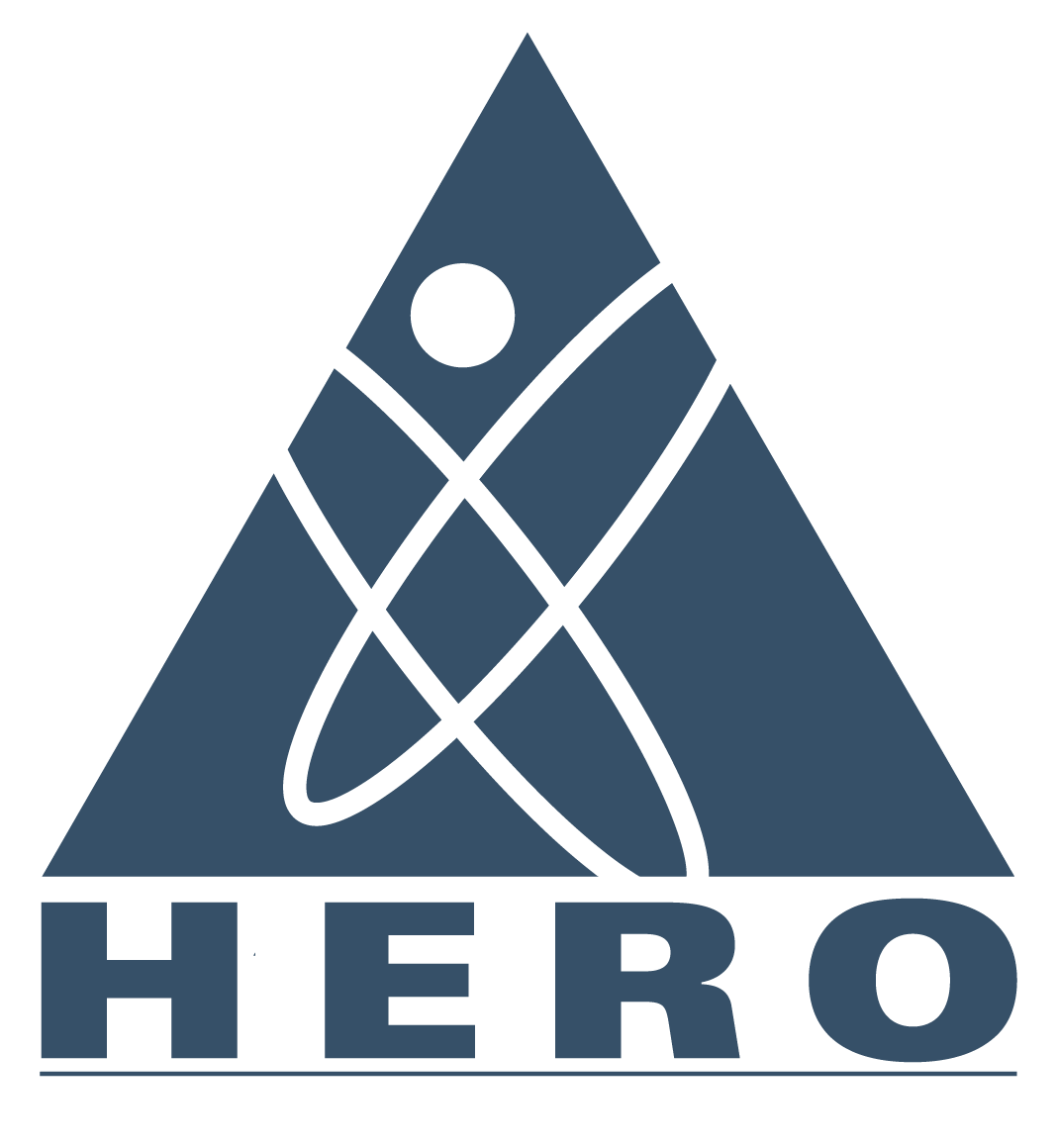
The HERO Worker Well-Being Clearinghouse
 The Health Enhancement Research Organization (HERO) has partnered with National Institute for Occupational Safety and Health (NIOSH) to create the HERO Worker Well-Being Clearinghouse – Powered by the NIOSH WellBQ (HERO Worker Well-Being Clearinghouse), an open-source database that houses de-identified data arising from use of the English and Spanish versions of the NIOSH Worker Well-Being Questionnaire (NIOSH WellBQ). HERO has made the NIOSH WellBQ available in an online survey platform to enable organizations to easily administer it to employees. Organizations will receive a de-identified, summary report of the data collected from their unique questionnaire link. De-identified data will be imported into the HERO Worker Well-Being Clearinghouse for public use by individuals interested in conducting research on worker well-being.
The Health Enhancement Research Organization (HERO) has partnered with National Institute for Occupational Safety and Health (NIOSH) to create the HERO Worker Well-Being Clearinghouse – Powered by the NIOSH WellBQ (HERO Worker Well-Being Clearinghouse), an open-source database that houses de-identified data arising from use of the English and Spanish versions of the NIOSH Worker Well-Being Questionnaire (NIOSH WellBQ). HERO has made the NIOSH WellBQ available in an online survey platform to enable organizations to easily administer it to employees. Organizations will receive a de-identified, summary report of the data collected from their unique questionnaire link. De-identified data will be imported into the HERO Worker Well-Being Clearinghouse for public use by individuals interested in conducting research on worker well-being.
The NIOSH WellBQ
 NIOSH is a research agency focused on the study of worker safety and health, and empowering employers and workers to create safe and healthy workplaces. NIOSH is part of the Centers for Disease Control and Prevention, in the Department of Health and Human Services.
NIOSH is a research agency focused on the study of worker safety and health, and empowering employers and workers to create safe and healthy workplaces. NIOSH is part of the Centers for Disease Control and Prevention, in the Department of Health and Human Services.
The NIOSH WellBQ provides an integrated assessment of worker well-being across multiple spheres, including individuals’ quality of working life, circumstances outside of work, and physical and mental health status.1
The questionnaire measures “worker” well-being as a holistic construct rather than simply “workplace” or “work-related” well-being. The NIOSH WellBQ is intended to help researchers, employers, workers, practitioners, and policymakers understand the well-being of workers and target interventions to improve worker well-being, among other applications.1
The NIOSH WellBQ was created by NIOSH and researchers at the RAND Corporation with funding from NIOSH. The design and content of the NIOSH WellBQ were guided by a new conceptual framework that identifies five domains of worker well-being,2 including:
- Work Evaluation and Experience
- Workplace Policies and Culture
- Workplace Physical Environment and Safety Climate
- Health Status
- Home, Community, and Society
Complete the NIOSH WellBQ Online
 HERO has partnered with the NIOSH to create an online portal that companies can use to easily administer the NIOSH WellBQ to their employees to better understand the health and well-being of their workforce.
HERO has partnered with the NIOSH to create an online portal that companies can use to easily administer the NIOSH WellBQ to their employees to better understand the health and well-being of their workforce.
Entities that plan to use the NIOSH WellBQ with participants will need to complete the registration form or email WellBQClearinghouse@hero-health.org. A unique link will then be generated for the entity that can be sent out to participants. After the survey has closed, summary reports of the NIOSH WellBQ items, scale/index scores, and demographic and employment questions will be shared back to the entity.
- Terms of Use
- Frequently Asked Questions
- NIOSH WellBQ User’s Guide PDF
- Sample NIOSH WellBQ Summary Results Report (data from a random sample of completers)
Individuals can also take the NIOSH WellBQ to better understand their well-being as related to their work. Individuals can register using this link.
Access the HERO Worker Well-Being Clearinghouse
 De-identified data imported into the HERO Worker Well-Being Clearinghouse can be used by practitioners, researchers, policymakers, etc. to analyze trends in worker well-being, target interventions and develop programs/services to improve worker well-being, identify ways to improve policies affecting well-being, among other applications. The data access form must be completed to gain access to the HERO Worker Well-Being Clearinghouse. To protect the anonymity of all participants, demographic, employment, and other potentially identifying data will not be released until a threshold of sufficient data has been reached. See more information on threshold criteria here.
De-identified data imported into the HERO Worker Well-Being Clearinghouse can be used by practitioners, researchers, policymakers, etc. to analyze trends in worker well-being, target interventions and develop programs/services to improve worker well-being, identify ways to improve policies affecting well-being, among other applications. The data access form must be completed to gain access to the HERO Worker Well-Being Clearinghouse. To protect the anonymity of all participants, demographic, employment, and other potentially identifying data will not be released until a threshold of sufficient data has been reached. See more information on threshold criteria here.
- NIOSH [2021]. NIOSH worker well-being questionnaire (WellBQ). By Chari R, Chang CC, Sauter SL, Petrun Sayers EL, Huang W, Fisher GG. Cincinnati, OH: U.S. Department of Health and Human Services, Centers for Disease Control and Prevention, National Institute for Occupational Safety and Health, DHHS (NIOSH) Publication No. 2021-110 (revised 5/2021), https://doi.org/10.26616/NIOSHPUB2021110revised52021
- Chari, Ramya PhD; Chang, Chia-Chia MPH, MBA; Sauter, Steven L. PhD; Petrun Sayers, Elizabeth L. PhD; Cerully, Jennifer L. PhD; Schulte, Paul PhD; Schill, Anita L. PhD; Uscher-Pines, Lori PhD. Expanding the Paradigm of Occupational Safety and Health: A New Framework for Worker Well-Being. Journal of Occupational and Environmental Medicine 60(7):p 589-593, July 2018. | DOI: 10.1097/JOM.0000000000001330


